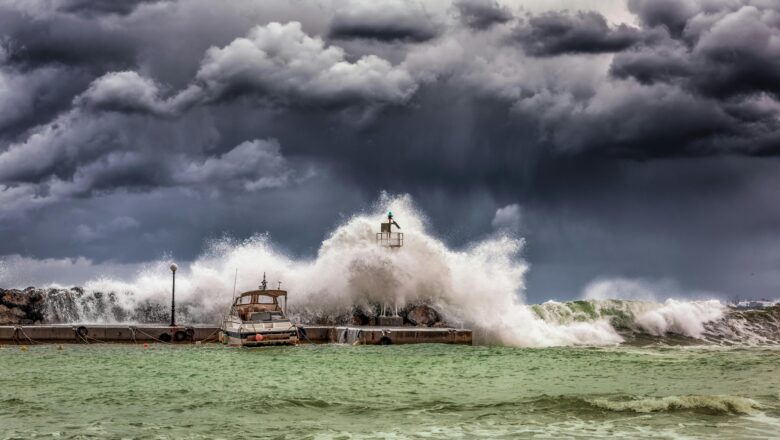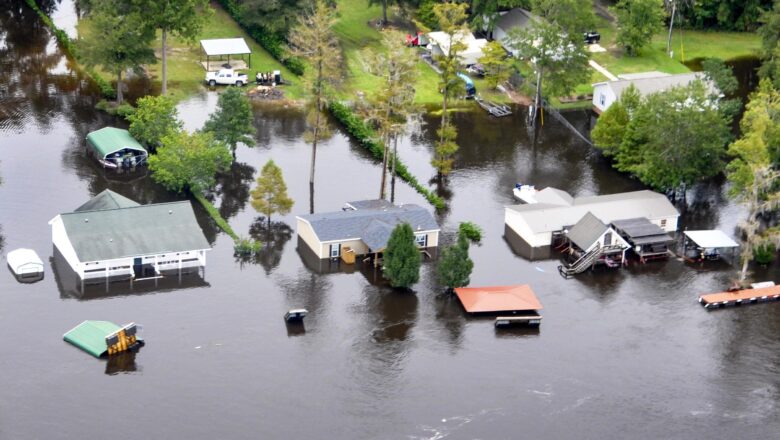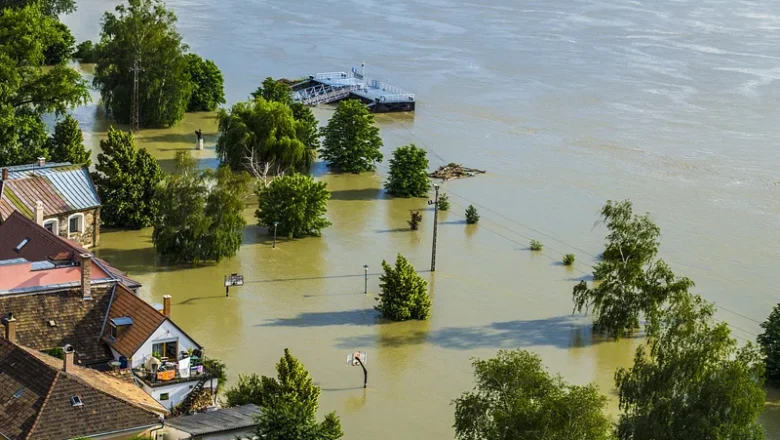
Florida Faces a Critical Choice: Building Resiliently for the Future After 2024’s Hurricanes
As Florida and the Southeast recover from 2024's hurricanes, many residents and experts are asking how to rebuild in ways that prevent future losses. Civil engineering and disaster recovery experts are finding ways to build homes more resilient to extreme weather, but homeowners often encounter obstacles.
One challenge is the high up-front costs of sustainable building materials, especially when the demand surge after a disaster raises prices and strains supply. Additionally, insurance coverage tends to fund only basic rebuilding, leaving residents without resources to add resilience-focused upgrades.
Cost and Complexity: Rebuilding Challenges
When disaster strikes, the urgency to restore housing clashes with the time and costs of "building back better." With FEMA's stretched reso...









